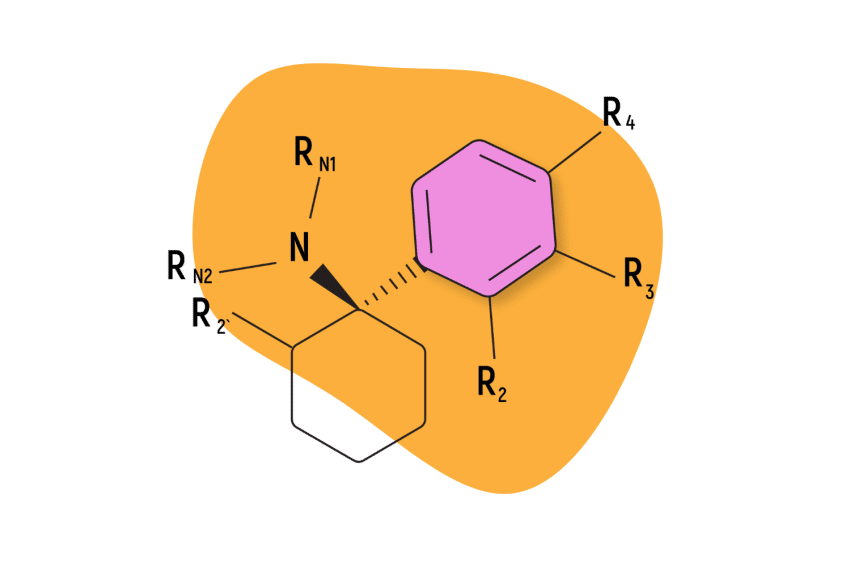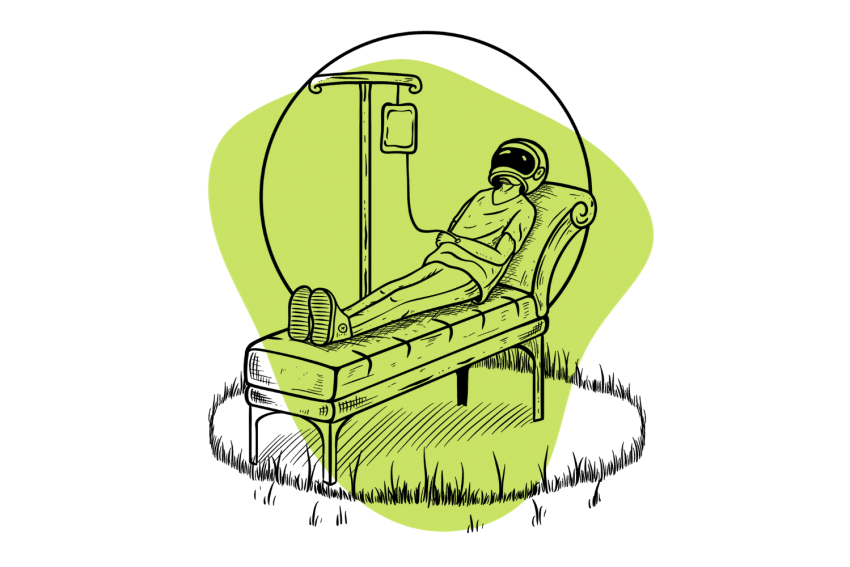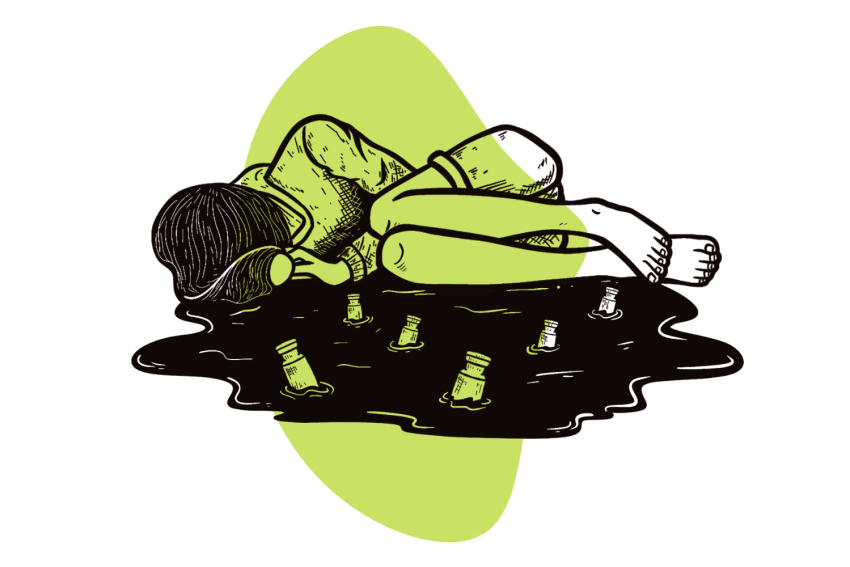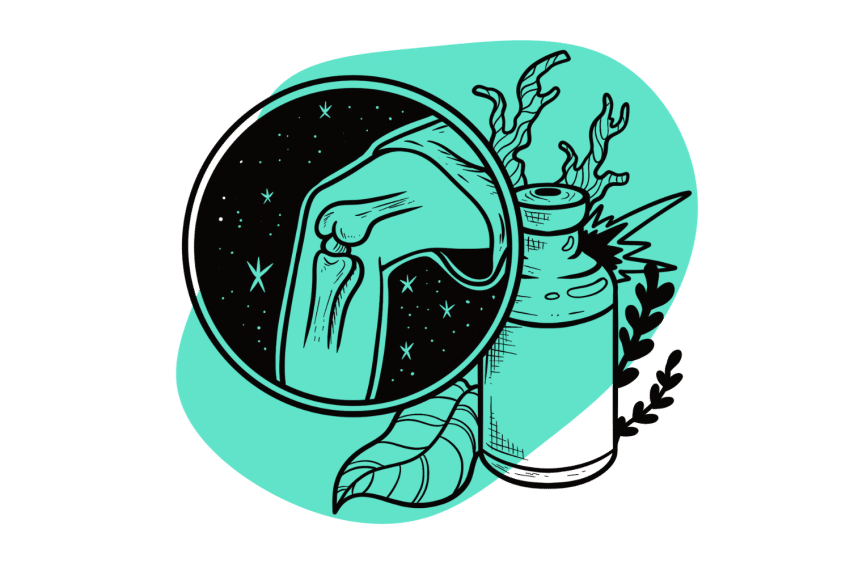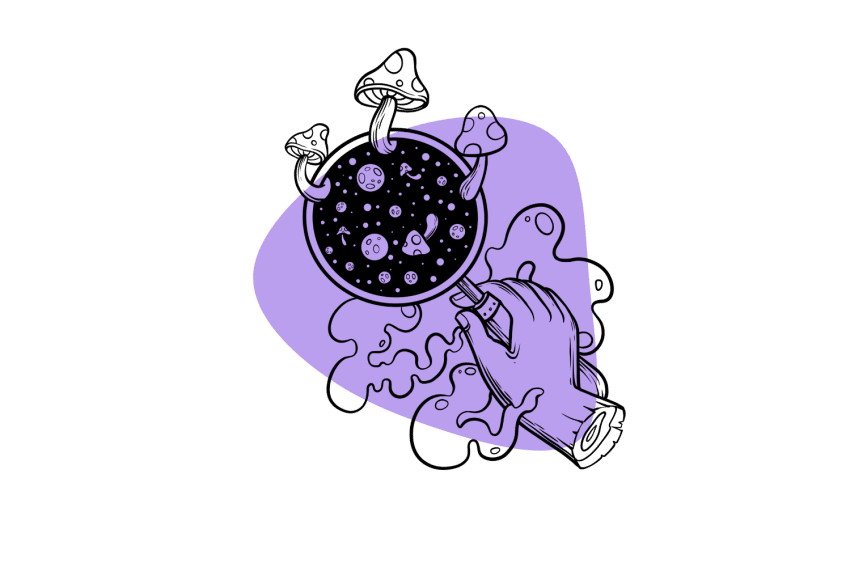How Long Does Ketamine Stay In Your System?
The effects of ketamine can last anywhere from 1–3 hours, depending on the dose and form of administration. It can remain detectable in your system for up to 2 days after using it (but usually closer to 24 hours). The exceptions are urine tests and hair tests (14 days and 90 days, respectively).
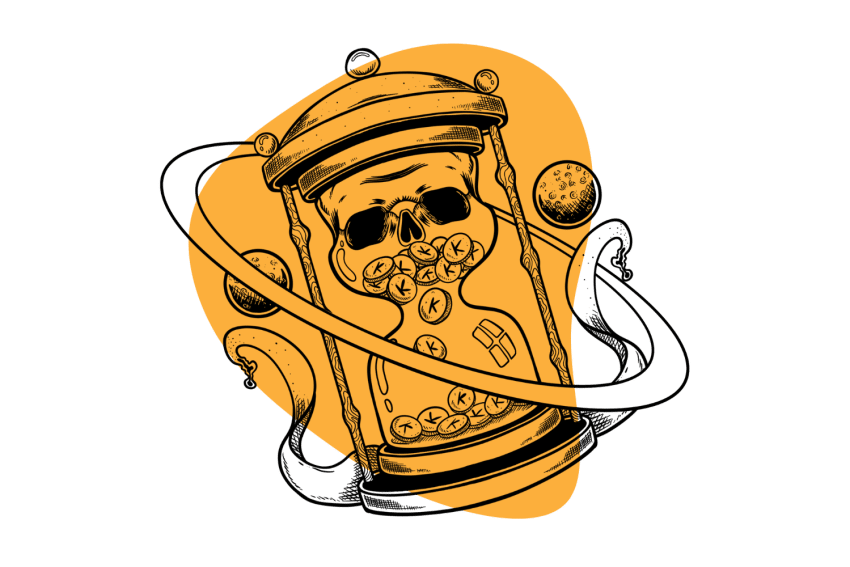
The metric used to measure how long a drug stays in a person’s system or how long its effects last is called “half-life.”
We can use the half-life of drugs like ketamine to calculate how long it’s going to remain active and how long it will remain in the body even after it becomes inactive.
Half-life refers to the amount of time it takes for the body to metabolize and eliminate 50% of the compound from the bloodstream.
All drugs have a threshold where they lose their active effects. For ketamine, this is around 2 mg. This specifically refers to the amount of drugs in the bloodstream. Each form of administration has differences in how much is absorbed.
Taking ketamine orally is the most inefficient method (about ~17% bioavailable), so the dose will be much higher than intravenous forms of ketamine, which deliver 100% of the drug to the bloodstream.
When the effects of a drug like ketamine wear off — it doesn’t mean the drug is no longer in the system — it just means that enough of the drug has been eliminated to avoid experiencing its effects.
Until the body has fully metabolized and eliminated the substance, it will remain detectable in the blood, saliva, or urine.
It normally takes about four or five half-lives to eliminate enough of a substance for it to no longer appear on drug tests.
Ketamine’s half-life is roughly 2.5 hours.
This means it takes about 2.5 hours for the amount of ketamine someone takes to be cut in half, then another 2.5 hours for that to be cut in half again, and so on.
To better visualize this, imagine you just took a 5 mg dose of ketamine intravenously — which is a large dose. The effects will be very strong, and you may experience K-hole-level dissociation.
Just 2.5 Hours later, the amount of ketamine in the body will be around 2.5 mg — which is enough to feel some effects, but you’ll largely be back to normal by this point already.
2.5 hours after this (5 hours after the initial dose), you should have around 1.25 mg of ketamine left in the body. You probably won’t feel any of the effects of the drug by this point.
After another 2.5 hours (7.5 hours after the initial dose), you’ll have around 0.6 mg. It will still be detectable in the blood, urine, and saliva at this point, even though the effects have long since worn off.
The half-life cycle will continue. By 10 hours after the initial dose, you’ll have around 0.3 mg of ketamine, then 0.15, then 0.07, 0.035, and so on.
In general, ketamine will remain active in the body for around 1 to 3 hours (depending on the dose). Even after it wears off, it will be detectable in the blood and saliva for up to 30 hours. It will stick around slightly longer in the urine.
How Long Do The Effects of Ketamine Last?
How long Special K lasts depends mainly on the dose, the method of administration, and frequency.
Here are rough guidelines for ketamines duration:
- Insufflated (snorted) — Effects of snorting ketamine powder occur within 5-15 minutes. The effects peak at 30 minutes, remain active for another 30 minutes, then taper off over the course of an hour. The total duration is between 1 and 3 hours, depending on the dose.
- Intravenous (IV) — Ketamine injection is extremely bioavailable. The effects are felt within seconds but run their course quickly. An IV ketamine session lasts about 40 minutes. Some lingering effects can remain for up to 2 hours after the session.
- Nasal Spray — Nasal spray like Spravato takes action in 5-10 minutes and can last 1-3 hours. Spravato is an 84 mg dose taken twice a week.
- Sublingual — Troches or lozenges are now commonly used by companies like Mindlboom. These dissolve under the tongue and take effect in about 5-10 minutes. They last around 1 hour at the standard medical dose (100 mg), but higher doses can last up to 3 hours.
- Oral — Capsules of ketamine exist, but bioavailability is poor. Higher doses are necessary, which come on much slower, in about 5-20 min to an hour, and last about 1.5–4 hours. This form lasts longer because the drug will continue to absorb through the digestive tract for a few hours.
- Intramuscular (IM) — Injecting ketamine intramuscularly kicks in less than a minute. The effects last about 40 minutes to an hour (sometimes extending up to 2 hours).
- Rectal/Suppositories — Suppositories or plugging ketamine takes effect in 5-20 minutes and last 1-2 hours.
Does Ketamine Show Up on a Drug Test?
Standard drug panels don’t look for ketamine, although it’s possible to run specific tests for it.
While ketamine is legal for off-label use, an employer is well within their rights to test for the substance, particularly if they suspect abuse.
However, extra tests represent higher costs, and most employers will only order additional testing if there is suspicion of abuse.
Testing for ketamine generally focuses on its metabolites — the compounds created as the body’s metabolism breaks down ketamine. Some tests focus on the metabolite norketamime or secondary metabolite dehydronorketamine.

How Long Does Ketamine Stay in Urine?
The body breaks down about 90% of ketamine into various metabolites, which come out in urine [1]. Urine samples are the most common drug tests used by employers.
A study in 2005 detected the secondary metabolite norketamine 14 days after administration [2]. The sensitivity of the testing and method used can influence the detection times, and there are many anecdotes of people passing ketamine tests just a day or two after using ketamine.
With that said, it’s safe to assume ketamine will remain detectable for around two weeks after you last took it.
How Long Does Ketamine Stay in Blood?
Because the window of detection is short and the test itself is very invasive, blood tests are less common than urine. However, they are reliable for detecting very small concentrations of substances left over in the bloodstream.
Studies have shown that ketamine is roughly nonexistent in the blood just 24 hours after it was last used.
Some sources, such as the Mayo Clinic, suggest a 2-day detection window of ketamine or its metabolite norketamine in the blood.
How Long Does Ketamine Stay in Salvia?
Ketamine is detectable in saliva, and there are swab tests exist for law enforcement and at-home use.
The test targets people who have very recently taken the drug, usually in a 24-hour period. There are some reports of these tests occurring at roadblocks.
It’s important to note that saliva testing is notoriously inaccurate. Legal disputes occur all the time to challenge the findings of saliva testing.
How Long Does Ketamine Stay in Hair and Fingernails?
Hair follicle and fingernail testing are far less common than other testing forms. A lot of this has to do with higher costs and reduced accuracy of these tests. Most employers avoid these tests.
However, hair testing studies have found ketamine in hair as much as sixteen weeks after use [3]. Other drugs, such as marijuana or methamphetamine, have been detected in the hair as long as 90 days after the initial dose.
Hair testing is best at determining chronic use. A single dose of ketamine is unlikely (but not impossible) to show up in a hair test.
Fingernail testing is quite rare but is theoretically possible with a window of several months.

Factors Influencing Ketamine Metabolism
There is a long list of factors influencing ketamine metabolism, with dose and frequency of use being the biggest factors.
Some examples of variables affecting ketamine metabolism are:
- Age
- Weight
- Sex
- Liver and kidney health
- Exercise
- Hydration
- Drug Interactions
Repeated & Chronic Use of Ketamine
In the case of multiple doses over time, ketamine can take quite some time to clear from the blood. For the recreational user, this is something to consider, particularly if snorting ketamine.
Tolerance also develops quite rapidly, and subsequent higher dosing will take a much longer time for the body to eliminate.
Research has also suggested that repeated doses of ketamine may slow the rate of metabolism [2] — making it stick around in the body longer. Over several years and infusions, researchers observed elimination of ketamine took longer, while the rate of the metabolite norketamine stayed steady.
How Long Do “K Cramps” Last?
With repeated, daily use of ketamine, some people experience “K-cramps,” — which refer to a severe cramping sensation in the abdomen. The exact cause of these cramps is unknown, but it likely has something to do with ketamine’s damaging effects on the bladder.
The pain can last a few hours to several days, with one Reddit user reporting K-cramps that lasted ten full days.
One study reported that 30% of ketamine users report “abdominal discomfort” [4].
Chronic ketamine use can cause serious problems for the liver, kidneys, and bladder.
Exactly how all this fits together deserves attention.
Conversations in online communities around K-cramps center around people with a daily habit over many weeks, months, or years. Many people were consuming over a gram per day.
Currently, the best approach to addressing K-cramps is stopping ketamine use and seeking medical attention. Hydration and consuming minerals like magnesium and potassium have anecdotal support. Other sources suggest green tea’s anti-inflammatory and liver-cleansing properties may be of support.
Ketamine Duration FAQs
We’ve covered a lot of ground, but we’ve still only grazed the surface. Here are some of the most common questions we get asked about ketamine that relates to its duration of effects or persistence in the body.
1. How Long Does Ketamine Withdrawal Last?
After a single ketamine treatment for depression or other mental health concerns, there may be some lingering side effects like nausea, fatigue, dizziness, or confusion. These typically dissipate with a good night’s sleep.
For long-term users of ketamine, more severe withdrawal may occur. Physical dependency doesn’t appear to be an issue, but heavy users report intense cravings, anxiety, sweating, abdominal pain, and other symptoms.
2. How Long Does Ketamine Last for Depression?
Ketamine’s effects on depression take hold in 24 hours. While effects persist long after an effective dose leaves the body, benefits can be sustained. However, how long they last depends on the dose, frequency, and if the treatment is in combination with therapeutic support [5].
How Long Does Ketamine Pain Relief Last?
Ketamine infusions for pain can last about two weeks [6]. People with chronic pain have varying degrees of relief, and the source of the pain seems to play a role. For example, those suffering from fibromyalgia pain have reported relief for up to one year [7].
References
- Kamp, J., Jonkman, K., van Velzen, M., Aarts, L., Niesters, M., Dahan, A., & Olofsen, E. (2020). Pharmacokinetics of ketamine and its major metabolites norketamine, hydroxynorketamine, and dehydronorketamine: a model-based analysis. British Journal of Anaesthesia, 125(5), 750-761.
- Adamowicz, P., & Kala, M. (2005). Urinary excretion rates of ketamine and norketamine following therapeutic ketamine administration: method and detection window considerations. Journal of analytical toxicology, 29(5), 376-382.
- Xiang, P., Sun, Q., Shen, B., & Shen, M. (2011). Disposition of ketamine and norketamine in hair after a single dose. International journal of legal medicine, 125, 831-840.
- Bergeat, D., Merdrignac, A., Robin, F., Gaignard, E., Rayar, M., Meunier, B., … & Sulpice, L. (2020). Nasogastric decompression vs. no decompression after pancreaticoduodenectomy: the randomized clinical IPOD trial. JAMA surgery, 155(9), e202291-e202291.
- Salloum, N. C., Fava, M., Hock, R. S., Freeman, M. P., Flynn, M., Hoeppner, B., … & Papakostas, G. I. (2020). Time to relapse after a single administration of intravenous ketamine augmentation in unipolar treatment-resistant depression. Journal of affective disorders, 260, 131-139.
- Orhurhu, V., Orhurhu, M. S., Bhatia, A., & Cohen, S. P. (2019). Ketamine infusions for chronic pain: a systematic review and meta-analysis of randomized controlled trials. Anesthesia & Analgesia, 129(1), 241-254.
- Corriger, A., Voute, M., Lambert, C., Pereira, B., Pickering, G., & OKAPI Consortium. (2022). Ketamine for refractory chronic pain: a 1-year follow-up study. Pain, 163(4), 690-701.


